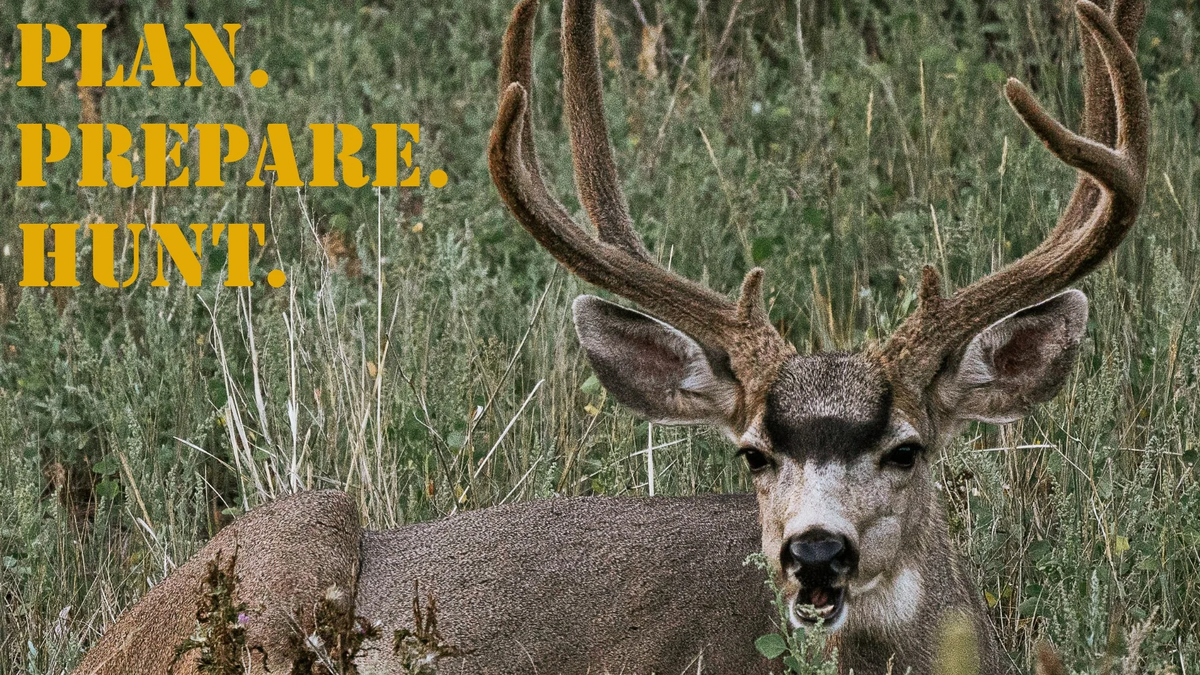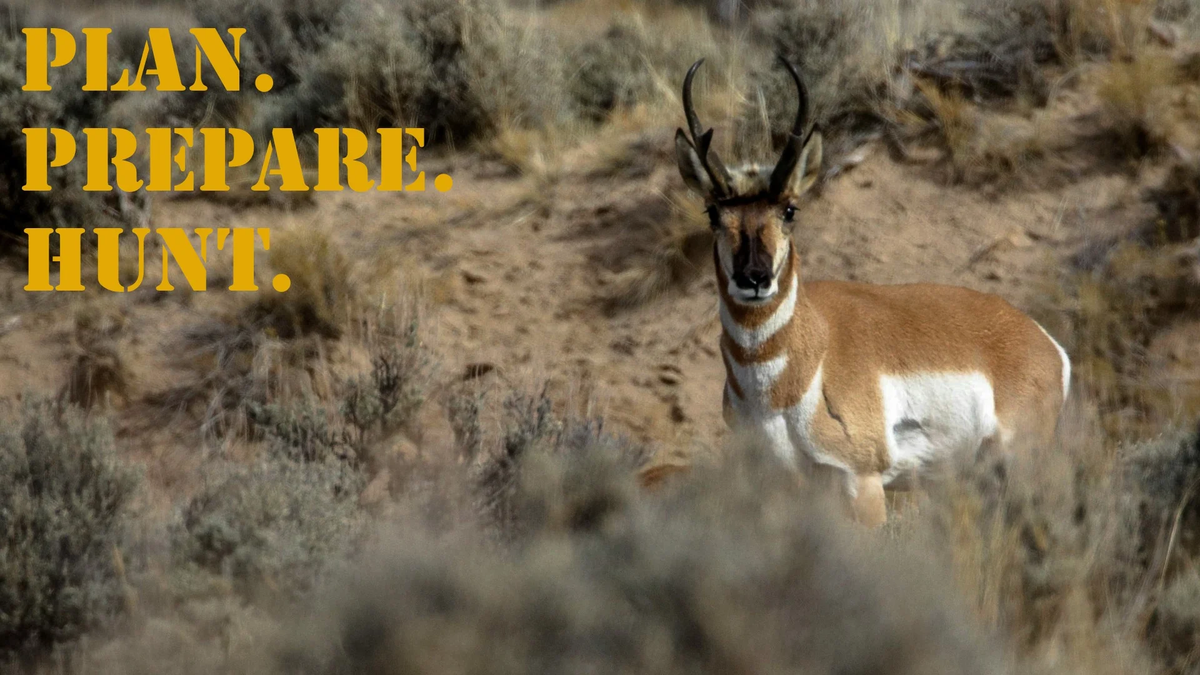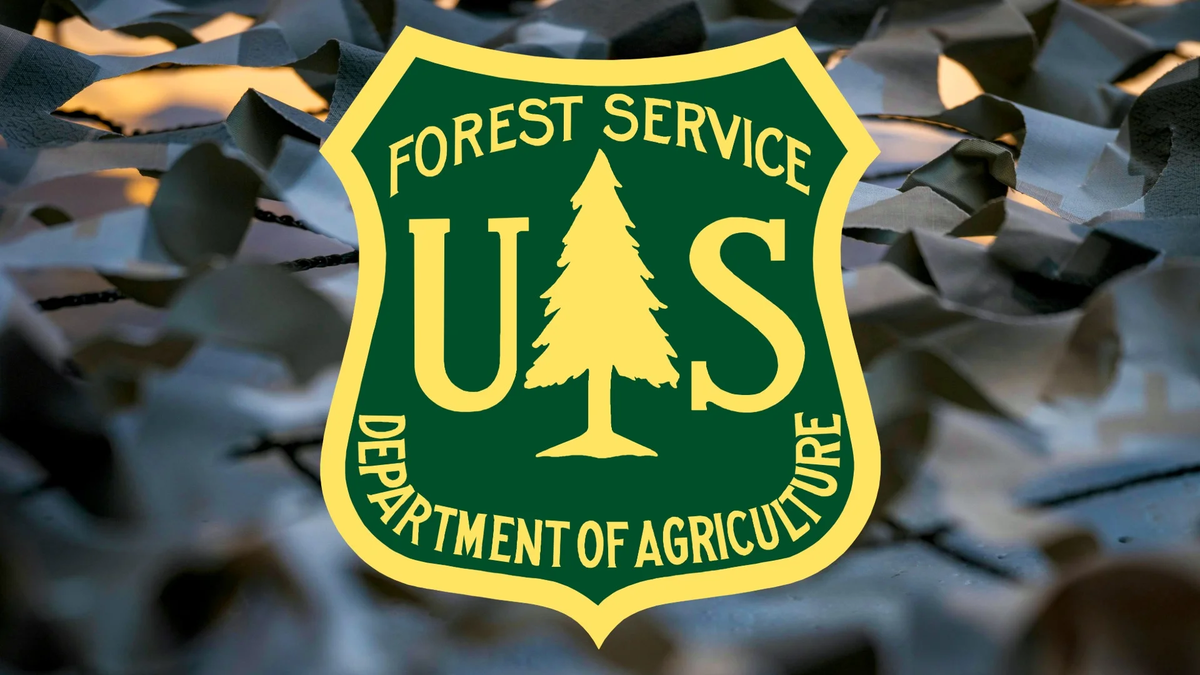Overview
Nestled in the sky‑island high country of northern Arizona, the Coconino National Forest sprawls across approximately 1.8 million acres of pine, red-rock canyon, alpine tundra, and cool pine‑forest meadows. Encompassing nearly all of Coconino County (plus parts of Yavapai and Gila counties), it is a single‑state national forest; no ponderosa pine crosses into another state here.
Managed by a dedicated US Forest Service team of roughly 230–280 full-time staff, Coconino welcomes some 5.5 million visitors per year. Facilities include 24 developed campgrounds, 4 rentable cabins, 10 fire lookouts on ridges, 693 miles of maintained trails, and 3,300 miles of open forest roads.
Major amenities
- Scenic Sedona red‑rock vistas in the Red Rock Ranger District.
- Lakefront camping and trout fishing at Ashurst Lake and Forked Pine.
- Day‑use and wilderness trails in Oak Creek and West Clear Creek.
- High‑country rec sites near Flagstaff and Anderson Mesa.
All of which makes Coconino a playground for hikers, anglers, campers, mountain bikers, hunters, family road‑trippers, and anyone who loves diversity in one forest.
History & the Future
“Coconino” comes from early surveyors naming local indigenous groups, often loosely referred to as “Cokonino Indians”, a term applied to residents of the general area around Coconino County in the late 19th century. The forest took that county's name when Congress designated it a national forest.
Timeline of the Coconino National Forest
- 1898:
- U.S. Forest Reserve established around Flagstaff.
- 1908:
- Official renaming as Coconino National Forest, under President Roosevelt.
- 1940s–60s:
- Spring and summer forest fires suppressed; access roads expanded.
- 2008:
- Fossil Creek dam decommissioned to restore the original flow.
- 2018:
- Forest Plan revised, which includes landscape strategies under the Four Forest Restoration Initiative (4FRI) adopted.
Looking ahead
The Forest Service and partners continue to implement revisions conceived in the 2018 managed plan. These include prescribed fire, forest thinning, meadow restoration, new acreage in wildland fire break buffers, and continued stream corridor rehabilitation, especially in burned areas like those affected by the 2021 Backbone Fire near Fossil Creek.

Distinctive Characteristics
Total Area
- ~1.84 million acres, ranging from 2,600 ft (Verde River) to 12,633 ft at Humphreys Peak.
Popular lakes & Rivers
- Ashurst Lake:
- A 229-acre high-elevation trout lake on Anderson Mesa.
- Fossil Creek
- A National Wild & Scenic River with limestone travertine pools, waterfalls, warm springs, and historic hydro relics.
- Upper and Lower Lake Mary:
- Seasonal lakes northeast of Flagstaff; popular for wind‑surfing and fishing.
Terrain and ecosystems
- Red Rock Mesa and Canyonlands in the Sedona/Red Rock District, which include Oak Creek Canyon, and Sycamore Canyon; juniper, manzanita, prickly pear, and sandstone buttes.
- Ponderosa-thinned pine forests on the Colorado Plateau/Mogollon Rim, Flagstaff‑Happy Jack area.
- Subalpine conifer forests and alpine tundra near the San Francisco Peaks at ~12,000 ft: spruce, fir, bristlecone pine, alpine grasses.
- Riparian corridors along Fossil Creek and Oak Creek, limestone formations, meadows, and beaver ponds.
If you're craving red rocks, high alpine air, cool springs, or fire-resilient forest canopy, the diversity is remarkable, all within one forest unit.
Location & Area
- State:
- The entire forest lies within Arizona.
- Counties:
- Predominantly Coconino County, with sections spilling into Yavapai and Gila counties around Fossil Creek.
- Ranger Districts
- Flagstaff Ranger District
- Mogollon Rim Ranger District
- Red Rock Ranger Visitor Center
These three jointly manage the terrain and public services.
Adjacent public lands
- National Forest:
- Apache-Sitgreaves National Forest
- Kaibab National Forest
- Prescott National Forest
- Tonto National Forest
- National Scenic and Historic Trails:
- Arizona National Scenic Trail
- National Wild & Scenic Rivers:
- Fossil Creek Wild & Scenic River
- Wilderness Areas:
- Fossil Springs Wilderness
- Kachina Peaks Wilderness
- Kendrick Mountain Wilderness
- Mazatzal Wilderness
- Munds Mountain Wilderness
- Red Rock-Secret Mountain Wilderness
- Strawberry Crater Wilderness
- Sycamore Canyon Wilderness
- West Clear Creek Wilderness
- Wet Beaver Wilderness
This proximity of varied landscapes makes Coconino a hub of connectivity for hikers, hunters, wildlife, and conservationists.
Check out the National Forest YouTube!
Hiking and Camping
Popular Campgrounds
- Ashurst Lake Campground:
- Nestled on the west shore overlooking the San Francisco Peaks, Trout Lake with steady water even in droughts. Potable water, picnic tables, vault toilets, boat launch, trout and pike fishing.
- Childs Dispersed Camping:
- Rough‑road, wooded, primitive sites under old power‑plant ruins on the Verde River near Fossil Creek. No vault toilets or potable water; primitive forest camping; “camp at your own risk”.
- Clear Creek Campground:
- Located just below the West Clear Creek Wilderness boundary, with access to hiking and fishing. Drinking water, grills, vault toilets, group site, access to General Crook Trailhead.
- Forked Pine Campground:
- Twin to Ashurst, east shore; quieter loop; windsurfers like this quieter cove. Vault toilets, picnic tables, fish and boat access.
Aside from developed campgrounds, there’s abundant dispersed camping allowed nearly everywhere away from watersheds (with OHV limits), plus winter and backcountry cabin rentals in Flagstaff areas.
Popular Hiking Trails
- Devil’s Bridge Trail:
- ~3.9 to 4.4 miles round-trip, ~500 ft gain off Dry Creek Road, sandstone arch balancing over red‑rock canyon—sunrise and sunset crowds build fast; spring to fall and mild winter views are spectacular.
- Fossil Creek Flume–Irving Trail:
- ~5 miles one‑way starting at the Irving flume trailhead, leading past the old power‑plant ruins to a historic dam site in riparian forest. Permits are required from April 1–Oct 1, day use only; tremendous waterfall photo ops; best season is late spring through summer.
- Schultz Tank / AZT‑Fort Valley Loop:
- About 8.1 km (~5 miles) combining Schultz Tank Trail and Arizona Trail through ponderosa and meadows below San Francisco Peaks. Rich in wildlife, good for hiking, biking, and horseback riding. Seasons range from late May to October. snowpack in Flagstaff until late May.
- Soldier Pass & Seven Sacred Pools:
- ~4.5 miles total, or 3 miles to Cave/Sinkhole then back, features include Devil’s Kitchen sinkhole, Seven Sacred Pools with seasonal waterfalls, and Soldier Pass Cave with panoramic views. Peak season is April to October when the pools flow.
- West Clear Creek Wilderness Trail:
- Hike through a 15,238-acre canyon to confluence and back, can be up to 10–15 miles depending on entry. Features include sandy creek crossings, swimming gorges, and shaded canyon walls. Best time is May to October for warm water hiking.
Other trails like Mail and Deadman Mesa in the Fossil Creek Botanical Area reward hikers seeking solitude.
Hunting & Fishing
Whether you're planning Hunting or Hunt planning, Coconino offers a rich game and fish landscape—but permits and seasons are strictly regulated by the Arizona Game & Fish Department (AZGFD) (big‑game tags, trout limits, etc.), with crossover rules enforced by USFS.
Popular Game Species
- Antelope, Pronghorn
- Black Bear, Continental (Inland)
- Elk, Rocky Mountain
- Mule Deer, Desert
- Mule Deer, Rocky Mountain
- Turkey, Merriam’s
Popular Fish Species
If you’re preplanning a fishing trip, Coconino’s high lakes and streams feature these favorite species:
- Bass, Smallmouth
- Catfish, Channel
- Pike, Northern
- Trout, Brook
- Trout, Brown
- Trout, Rainbow

Conservation Efforts & Programs
Flagship Projects
- Apache trout Recovery:
- Coconino’s streams and high lakes have helped rebuild populations of Arizona’s native Apache trout, an ESA-listed species. State and USFWS hatchery support and barrier protections have made catch-and-release opportunities possible in select Coconino waters today.
- Fossil Creek Restoration:
- Once a hydroelectric diversion site from 1908 to 2005, the Childs‑Irving dam and flume were removed to restore natural flow. Fossil Creek was then designated a Wild & Scenic River in 2009. Native fish like chub, chisel‑fly dace, loach minnow, and Gila topminnow were reintroduced upstream of the new barrier site in partnership with AZGFD and USFWS.
- Long Valley Riparian Meadow:
- Volunteers and Arizona Elk Society members have helped restore meadow hydrology near Flagstaff as part of the Four Forest Restoration Initiative (4FRI)—boosting riparian health, elk winter range, and wildfire resistance.
Current Priorities & Partnerships
- Four Forest Restoration Initiative (4FRI):
- Ongoing, collaborative multi-agency effort scaling up forest treatments including thinning, prescribed fire, and watershed restoration across nearly 988,000 acres of Coconino and Kaibab NF landscapes to reduce wildfire risk and promote wildlife habitat.
- Invasive species control:
- A dedicated invasive management team is actively removing northern pike at Ashurst Lake and working to eradicate cheatgrass, tamarisk, and bark beetle outbreaks across the forest.
- Native fish & amphibian recovery:
- Pollinator-friendly understory plantings, fish barriers, and regular monitoring keep populations of native trout and frogs in better shape than ever. Partnerships involve AZGFD, USFWS, and tribal governments of the Apache and Yavapai Nations along riparian corridors.
Conservation in Coconino is a living, growing effort; from recovering endangered native trout to bringing fire-adapted forests back to balance, there’s no better place to engage firsthand.
Contact Information
- Website:
- https://www.fs.usda.gov/coconino; includes recreation alerts, permits, and forest-wide updates.
- Headquarters:
- Coconino National Forest Supervisor’s Office
- 1824 S. Thompson Street, Flagstaff, AZ 86001
- (928) 527‑3600
- Ranger District Offices:
- Flagstaff Ranger District: 5075 N. Hwy 89, Flagstaff, AZ 86004
- Mogollon Rim Ranger District: 8738 Ranger Road, Happy Jack, AZ 86024
- Red Rock Ranger Visitor Center: 8375 SR‑179, Sedona, AZ 86351
- Hunting & Fishing Permits and Licensing:
- Arizona Game & Fish Department
- https://www.azgfd.com/
- 602‑942‑3000
- Social:
- USFS Coconino is active on X (Twitter), Facebook, and Flickr Photo Syndication—look for @CoconinoNF on social platforms for updates and volunteer events.
Ready to Explore?
Coconino offers every season, every reason, and every zone for outdoor adventure, from sunbaked red‑rock hikes to snow-peppered summit trails.
Hunting and Hunt planning in the Coconino National Forest just got easier by using Tier 1 Sportsmen to Plan, Prepare, Hunt.
For recreation adventures, pre-book campgrounds like Ashurst or Forked Pine if you're targeting trout fishing; reserve Fossil Creek parking permits early in May, and plan trail hikes for shoulder seasons to avoid heat or crowds.
Love wildlife, water, or simply being outside? Volunteer with AZGFD or USFS, adopt a trail, or hire a local guide for solid insight into an untamed landscape, visit the forest, engage in restoration, and keep its stories alive.
Your next memory is waiting, whether you're stalking bull elk at dawn, treading through a canyon of red rocks, floating in Fossil Creek’s turquoise pools, or savoring a sunset from a campfire site under ponderosa pines. Come hike responsibly, hunt ethically, and plan your trip—Coconino invites you.
Last updated November 2025
Disclaimer: This content is provided for informational and entertainment purposes only. It may include personal opinions, user-generated input, or material created with the assistance of AI tools, and is not intended as professional advice of any kind. Tier 1 Sportsmen does not guarantee the accuracy, completeness, or reliability of any information provided. Always verify any hunting, safety, gear, or health-related information with qualified experts, and check all local laws and regulations before participating in any hunting activity. This site may contain copyrighted material, the use of which has not always been specifically authorized by the copyright owner. We believe that this constitutes a ‘fair use’ of the material in accordance with Title 17 U.S.C. Section 107. For full details, please review our Disclaimer.
